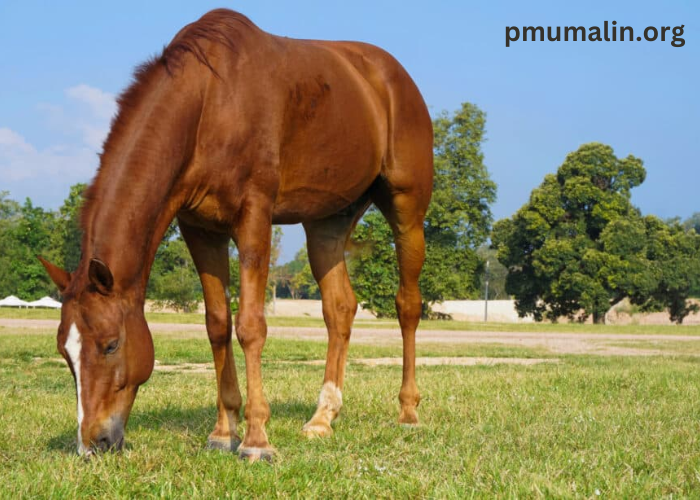Horses have been integral to human history and civilization for thousands of years. Their elegance, strength, and versatility have made them symbols of beauty, power, and endurance. From ancient chariots to modern equestrian sports, the horse’s journey through history is a story of partnership, progress, and profound influence. Explore the latest trends and insights in casacourse. Discover valuable resources and expert advice to enhance your knowledge in the field.
The Dawn of the Horse
The domestication of horses began around 4000-3500 BCE on the steppes of Central Asia. Early humans initially used horses as a source of meat and milk, but their role quickly expanded to transportation and warfare. The first evidence of horse riding dates back to the Yamnaya culture, where horses were used for mobility and as a means of increasing agricultural productivity.
Horses in Ancient Civilizations
As civilizations flourished, horses became central to their development. In ancient Mesopotamia, horses were used in chariots, which revolutionized warfare and transportation. The Egyptians admired horses for their grace and speed, using them in both battle and ceremonial roles. Greek and Roman societies also held horses in high regard, with thoroughbred horses becoming symbols of status and power. The famous Greek horse, Bucephalus, ridden by Alexander the Great, is one of the most legendary equine figures from antiquity.
The Middle Ages: The Rise of the Knightly Steed
During the Middle Ages, horses played a crucial role in feudal society. The knight’s war horse, or destrier, was a symbol of chivalry and martial prowess. These horses were bred for their strength, agility, and ability to carry heavily armored riders. The medieval period also saw the development of various horse breeds tailored for specific tasks, such as the draft horses used for farming and the lighter, faster horses used for hunting and riding.
The Age of Exploration and Expansion
The Renaissance and the Age of Exploration marked a period of increased global interaction. Horses were introduced to the Americas by Spanish conquistadors, profoundly impacting Native American cultures and transportation methods. European explorers and settlers brought their prized breeds with them, contributing to the diverse equine population in the New World.
Modern Horse Breeds and Their Roles
Today, there are over 300 distinct horse breeds, each with unique characteristics and histories. Some notable breeds include:
- Arabian: One of the oldest horse breeds, known for its endurance, stamina, and striking appearance. Arabian horses have significantly influenced many other breeds.
- Thoroughbred: Famous for its speed and agility, the Thoroughbred is synonymous with horse racing. This breed has been carefully cultivated for its athleticism and competitive edge.
- Clydesdale: A powerful draft horse known for its strength and calm demeanor. Clydesdales are often used in heavy farm work and are recognized for their impressive size and distinctive markings.
- Quarter Horse: Renowned for its speed in short sprints, the Quarter Horse excels in rodeo events and ranch work. Its versatility and quick reflexes make it a favorite in many equestrian disciplines.
The Cultural and Economic Impact
Horses continue to be celebrated in various cultures and play significant roles in modern society. From the grandeur of the Kentucky Derby to the precision of dressage competitions, horses are central to numerous sports and activities. They also contribute to the economy through industries such as breeding, training, and recreational riding.
Conservation and Future Prospects
As society progresses, the role of horses is evolving. There is a growing emphasis on the preservation of endangered breeds and the promotion of humane treatment and welfare. Organizations and enthusiasts are dedicated to maintaining the rich heritage of horses while ensuring their well-being and adapting their roles to contemporary needs.
Conclusion
The majestic world of horses is a tapestry woven with history, culture, and evolution. From ancient battlefields to modern racetracks, horses have been our companions, workers, and symbols of elegance. Their journey through time is a testament to their enduring legacy and the profound bond shared between humans and these magnificent creatures. As we look to the future, the story of the horse will undoubtedly continue to inspire and captivate generations to come.
